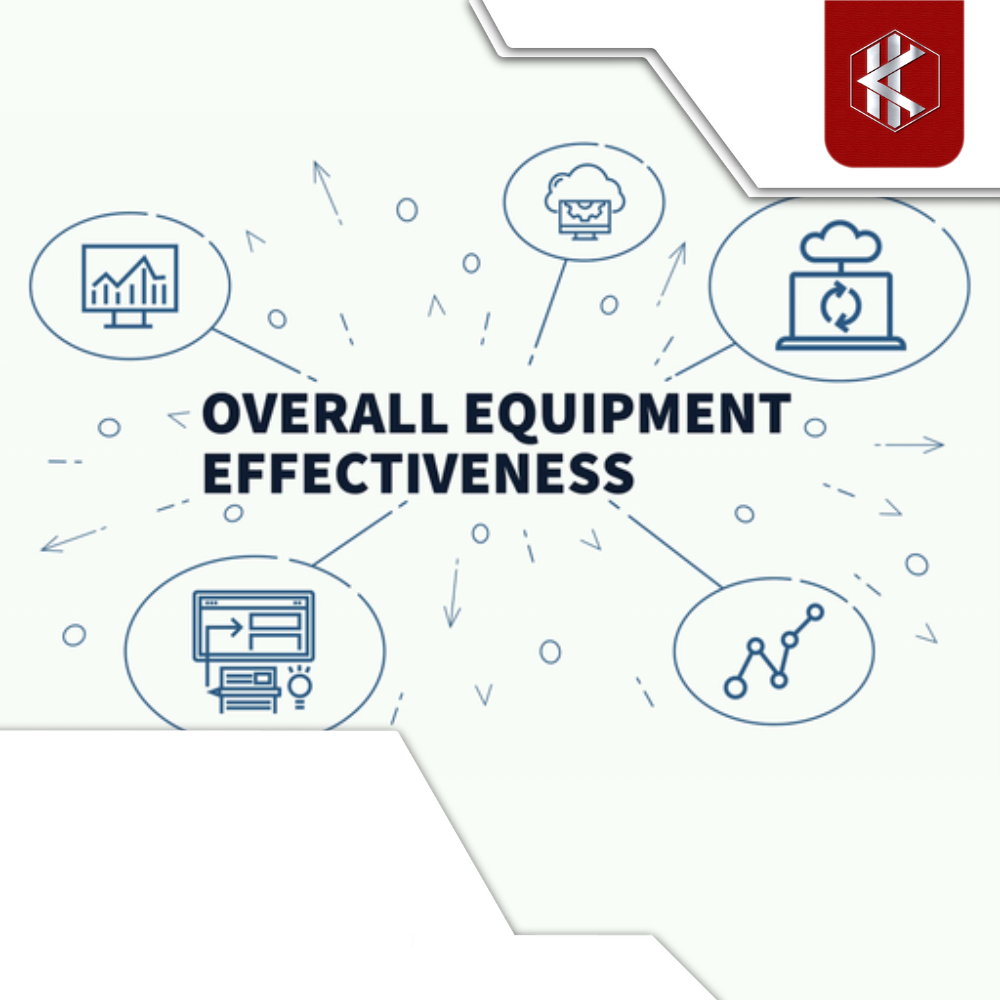In any manufacturing, the production lines, machines, and equipment are invested in at a high cost. Regardless of the size of the factory or company, it is not feasible to change the machines frequently. Hence, equipment maintenance plays a vital role in production.
Let’s discover the techniques, forms, procedures, and quotations for maintaining industrial machinery and equipment !
6 reasons why factories need to maintain industrial equipment
The life cycle of equipment and machinery generally passes through five stages: operation → failure → repair → operation → removal/replacement. Consequently, proper equipment maintenance will:
- Prolong the lifespan of the machinery and equipment
- Enhance the performance of the machines
- Reduce downtime due to malfunctions and repairs
- Ensure worker and production safety
- Prevent major mistakes from affecting the entire production line
- Assist in reducing production costs.
When to perform maintenance?
To ensure efficient operation of equipment, businesses need to be mindful of the appropriate timing for machinery maintenance. Each type of equipment has a different maintenance schedule, which depends on factors such as the working environment (climate, weather), the design of the equipment, and the operating method and hours of the plant.
For instance, the maintenance schedule for a factory operating 24/7 will be shorter than that of a factory with intermittent operations. Outdoor equipment should be regularly inspected, lubricated, and serviced to maintain optimal performance.
Typically, newly installed machines or robot systems will undergo maintenance three times in quick succession (every 3 months), until the system is running smoothly. Afterwards, the maintenance intervals will be extended (to every 12 months or more).
Industrial equipment maintenance methods and procedures
Basically, the maintenance of machines is based on their life cycle: operation → failure → maintenance, repair → operation → removal/replacement. Based on this process, we can classify the maintenance methods as follows:
| Method | Explanation | Advantages | Disadvantages | Application |
| Restorative maintenance | Performed only when the machine has started to fail and is essential to repair and restore it. | Initial cost savings | -Interrupts the production process
-Does not ensure labor and production safety -High repair costs when machinery malfunctions. May even require replacing the machine due to irreparable errors. |
Small production facilities, factories without a continuous line |
| Preventive/Predictive maintenance | Periodic maintenance based on the reliability of the equipment’s components (the useful life of the equipment’s parts) | Extends the life of the machinery and minimizes potential damage ahead of time. | Periodic maintenance expenses | Small production facilities, factories with a continuous line of operation |
| Opportunity maintenance | Maintenance performed when the factory is not in production or during off-shift times. | Does not affect the production line during repair | Requires synchronization of production and maintenance time | Small production facilities, factories with intermittent operations |
| Condition-based maintenance | Maintenance based on data obtained from the sensor system, allowing engineers to determine the condition of the machines and perform necessary maintenance before equipment damage occurs. | Saves on periodic maintenance costs | Small production facilities, factories with continuous or intermittent production lines | |
| Predictive maintenance
|
Maintenance based on data analysis to predict the condition of the equipment in the future and plan operations accordingly. | Maximizes equipment life and optimizes production operations. | Requires highly qualified maintenance personnel with the ability to predict potential equipment failures. | Factories with a continuous line of operation |
4 ways to maintain industrial equipment
Factories often adjust their maintenance method based on the type of equipment to save time and costs.
- Main equipment maintenance (devices primarily responsible for creating quality, safety-assured products and subject to preventive or condition-based maintenance).
- Important equipment maintenance (devices that affect the line, but only for backup purposes, maintenance should only be performed based on condition and repair plan when signs of damage occur)
- Auxiliary equipment maintenance (not essential equipment with little impact on the production process, so restorative maintenance can be applied)
- Whole plant maintenance
OEE Solution
The Overall Equipment Efficiency (OEE) solution measures the productivity and operational efficiency of equipment. OEE helps businesses determine the percentage of efficient production time, evaluate problems during use and maintenance.
OEE brings many benefits to businesses, including:
- Optimizing equipment production and maintenance costs
- Improving operational productivity
- Increased reliability and safety when using equipment
Contact Ha Ky Anh for:
- Free consultation on process, maintenance methods, and effective, cost-effective system operation methods
- The latest industrial machinery and equipment maintenance quote




